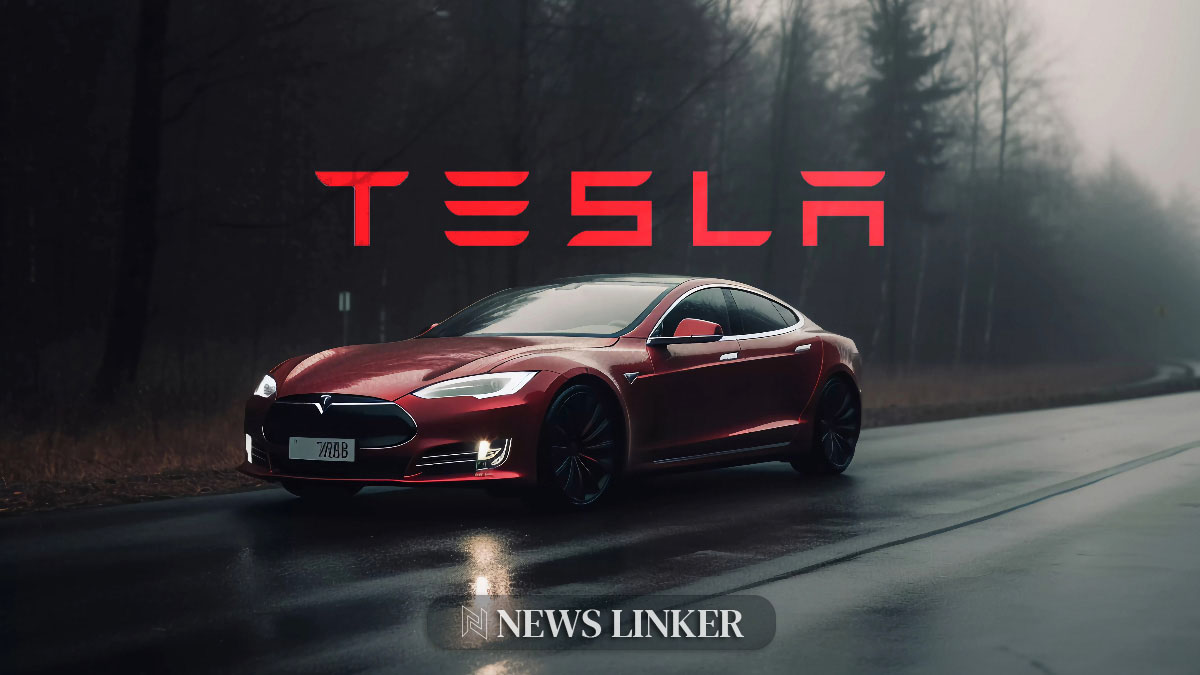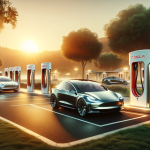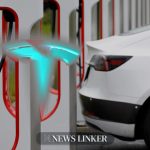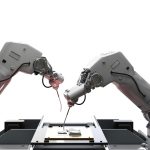Tesla recently introduced Enhanced Autopilot (EAP) subscriptions in China, marking a strategic movement in one of its largest markets. This follows a series of promotional trials and is potentially a precursor to the launch of its Full Self-Driving (FSD) capabilities in China. As autonomous driving technology continues to evolve, Tesla’s deployment of these subscriptions offers both a test and an expansion of its innovative technology in a competitive market.
What Does Tesla’s EAP Offer?
Tesla’s Enhanced Autopilot in China includes features like auto-steering, lane changes, and navigation on autopilot, with future updates expected to incorporate smart summons and automatic parking. This comprehensive suite of features represents Tesla’s commitment to leading the autonomous driving sector and enhances the driving experience by increasing safety and convenience for drivers.
How Will This Impact Tesla’s Presence in China?
By launching a subscription model for these advanced features, Tesla is not only diversifying its revenue streams but also making its technology more accessible to a broader audience. The strategic pricing of these subscriptions may attract more users who are unwilling to pay a lump sum upfront, thereby possibly increasing Tesla’s market penetration in China.
Is Full Self-Driving in China Next?
Amidst growing speculation and anticipation, Tesla’s recent moves suggest that the introduction of Full Self-Driving technology in China could be imminent. The successful deployment of EAP and the collection of comprehensive driving data across diverse Chinese environments could be instrumental in tailoring FSD features to local regulations and driving conditions, paving the way for its launch.
Comparative insights from articles like “Tesla’s Autonomous Drive in Global Markets” from Forbes and “The Rise of Self-Driving Cars in Asia” from Bloomberg, indicate that while Tesla has been aggressive in its self-driving technology deployment in the U.S., its approach in China is more cautious but strategic. Forbes highlights the regulatory and market adaptation challenges, while Bloomberg notes the potential of such technology in transforming urban mobility in Asian megacities.
A recent study published in the Journal of Autonomous Vehicles Research, titled “Adapting Autonomous Drive Technologies for Asian Markets,” provides a detailed analysis of how technologies like Tesla’s need to adapt to unique traffic patterns and regulatory environments in Asia. The study emphasizes the importance of localized testing and gradual rollout strategies, which Tesla seems to be implementing with its current approach in China.
Key Takeaways
- Subscription model may increase Tesla’s user base in China.
- Localized feature adaptations are critical for regulatory approval.
- Data from EAP could streamline the launch of FSD in China.
Tesla’s introduction of EAP subscriptions in China represents a significant step in its global strategy for autonomous driving technology. Through careful market adaptation and strategic pricing, Tesla aims to not only expand its user base but also pave the way for the potential launch of full self-driving capabilities in one of the world’s leading automotive markets. This move could set a precedent for how advanced driving technologies are rolled out in large, regulated markets. The outcome could provide valuable insights into consumer behavior and technology acceptance, influencing future deployments in other regions.










